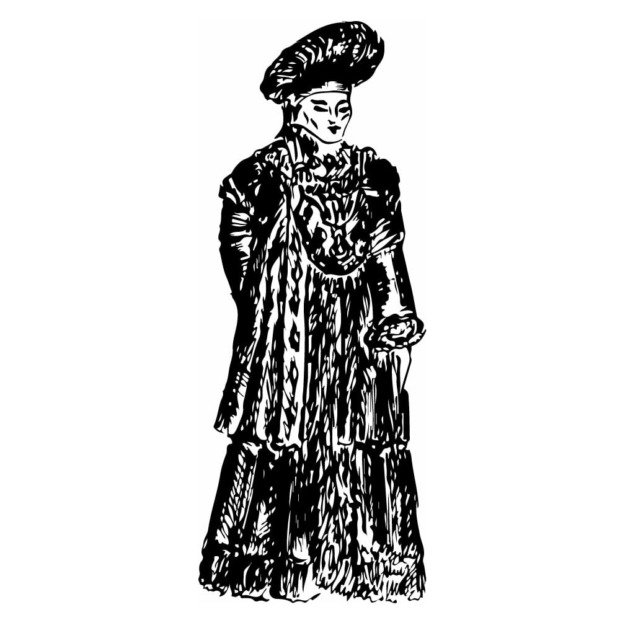Khakass
| Population | 80,000 |
| Language group | Turkic languages |
| Language | Kacha |
| Region | Khakass Autonomous region of Krasnodar Territory, some parts of the Tuva Autonomous Republic |
| Religion | Shamanism |
*Population estimates for 1994
The Khakass is a Turkic speaking nationality akin to the Tuvinians, Altai and Shors. Previously they were known as the Minusinsk and Abakan Tatars. Sometimes they were also called the “Yenisei Tatars.” This amalgamation of tribes included five Turkic speaking groups with very different ethnic descent, culture and everyday life manners. They were the Kacha (Khaas), Sagai, Beltir (Peltir), Kyzyl and Koibal. At present all these ethnic and tribal differences have almost vanished.
The Khakass live in between the mountains on vast valleys with fertile soil, rich pastures, and hay-fields. Almost half of the Khakass territory is mountainous.
The main occupation of the Khakass ancestors was semi-nomadic cattle breeding, hunting, fishery and land cultivation. The Khakass experienced a violent growth in the seventh-eighth centuries AD when the ancient Khakass state (Kyrgyz state) was formed in the Minusinsk lowlands. Later the Khakass territories were occupied by the Mongolo-Tatar troops of Genghis Khan aggressors. In the seventeenth-eighteenth centuries the Khakass were annexed to Russian Empire. In 1930 Khakass Autonomous Region (Khakassia) was established as a part of Krasnodar Territory in Russia.
The main Khakass occupations were cattle-breeding and agriculture. They also were engaged in hunting.
Since the eighteenth century the Khakass (or at least the majority of them) were considered to be Christians. Actually, the earlier forms of pre-Christian beliefs and the shaman cult were widely spread among them. The characteristic feature of their religion was mass prayers with a shaman and without one. The prayers of the beginning of the twentieth century consisted of the Heaven prayer, Mountain prayer, Water prayer and Birch prayer.
In the past, national Khakass clothes differed much according to age and membership of an ethnic group.
At present, Khakass clothing have strong urban tendency in its development; however, in some parts, the women’s national costume has been preserved. It consists of a light dress of an old, wide and loose cut. The same pertains to winter overall clothes, which is still represented by lambskin fur coats. They are more tight and have short flaps. Old heavy abundantly decorated fur coats are not used any more. They are considered to be family treasures and are kept in trunks. Only few elements of the former Khakass clothes have survived nowadays (like bright silk thread embroidery).
Rich and versatile Khakass art is represented by the works of national literature, music and songs. Khakass folklore consists of a number of heroic legends sung to music and lyric songs.
The applied art of the Khakass includes wood carving, silk embroidery and metal chasing works.
This is Ad 1





























